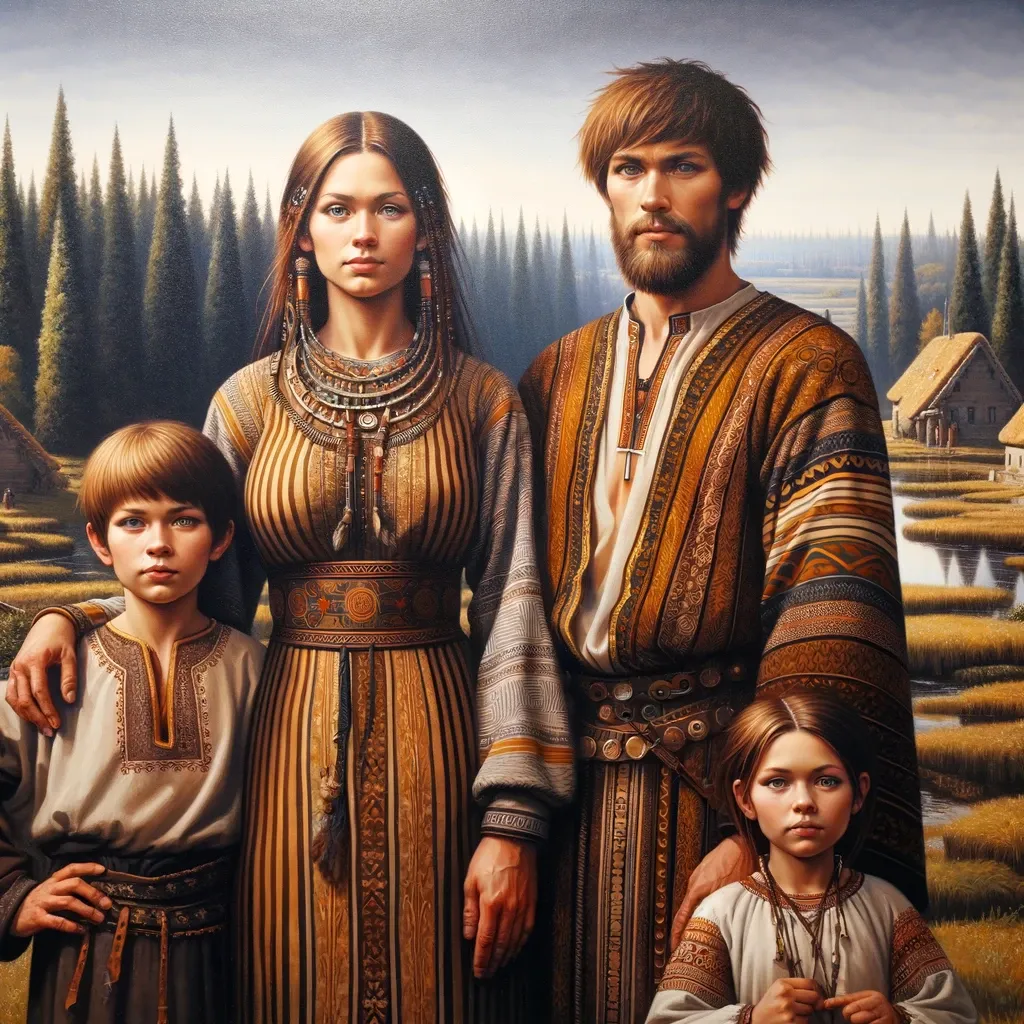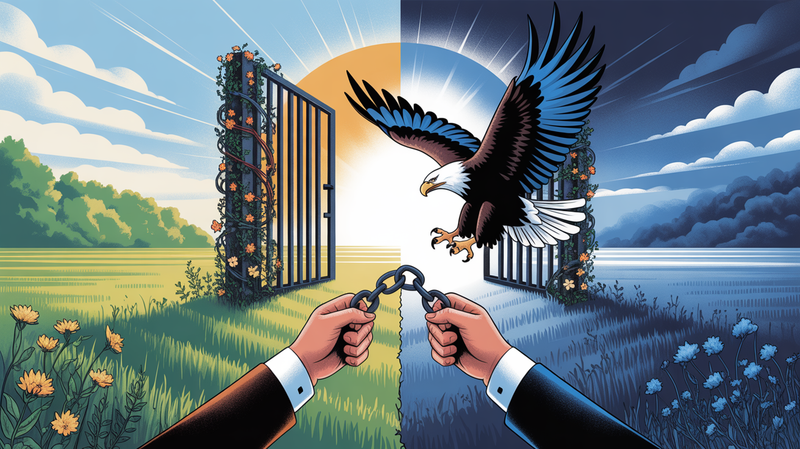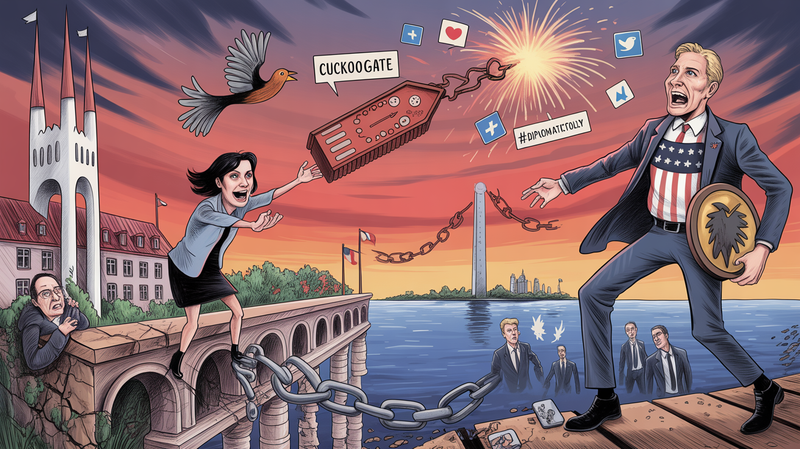The Dawn of the Estonians: Tracing the Roots of a Nation Unraveling the Tapestry of Estonian Ancestry
The story of the Estonian people, like the intricate patterns of their traditional folk costumes, is a tapestry of various threads of human migration, culture, and history. Situated on the eastern shores of the Baltic Sea, Estonia's strategic location has made it a crossroads of different civilizations throughout

The story of the Estonian people, like the intricate patterns of their traditional folk costumes, is a tapestry of various threads of human migration, culture, and history. Situated on the eastern shores of the Baltic Sea, Estonia's strategic location has made it a crossroads of different civilizations throughout history.
Before the Estonians: A Prehistoric Mosaic
Before the emergence of the distinct ethnic group known today as Estonians, the region was inhabited by Finno-Ugric tribes, sharing linguistic and cultural ties with Finns and Hungarians. These tribes were largely hunter-gatherers, living harmoniously with the dense forests and numerous lakes of the region.
The arrival of Indo-European Baltic tribes introduced new cultural dynamics to the region. These tribes, primarily agriculturalists, brought with them different languages and traditions, which gradually blended with the local Finno-Ugric customs.
The Formation of a Distinct Identity
The Estonians, as we know them today, began to form a distinct identity around the first millennium AD. This period marked significant developments: the establishment of permanent settlements, the advent of agriculture, and the gradual shift from tribal societies to more organized social structures.
This era also saw the Estonians' initial contact with the Vikings, whose trade routes across the Baltic Sea brought new ideas, goods, and influences, further shaping the emerging Estonian culture.
The Chronicle of Foreign Dominance
Estonia's history is marked by periods of foreign rule, starting from the German crusaders in the 13th century, followed by Danish, Swedish, and Russian dominions. Each era left its mark on the Estonian identity, from the introduction of Christianity to the influences in architecture, language, and governance.
Despite these influences, the Estonians retained their unique language and cultural practices, preserving their identity through folk songs, dances, and oral traditions.
The Birth of a Nation
The 19th century marked the Estonian National Awakening, a period where a distinct Estonian national identity reemerged strongly. This era saw the revival of the Estonian language, culture, and the desire for self-determination, eventually leading to the declaration of independence in 1918.
Conclusion: A Legacy of Resilience and Identity
Today, the Estonian identity is a blend of ancient traditions and modern European influences. The resilience of the Estonian people, evident in their survival and preservation of culture through various periods of foreign rule, speaks to the enduring spirit of this unique group in the tapestry of human history.




